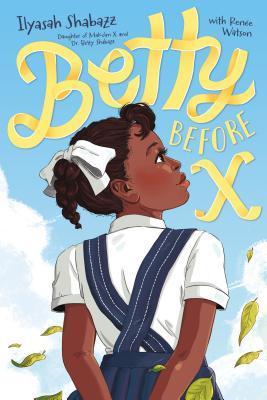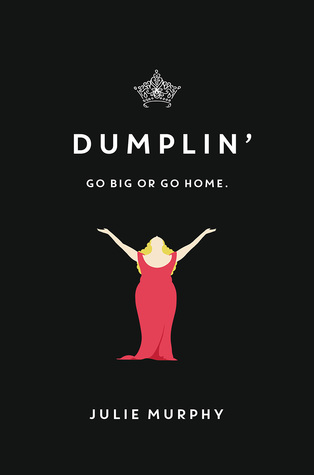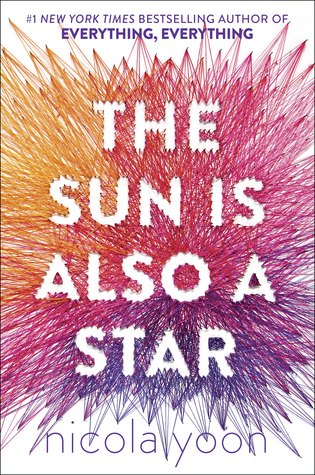 This book intertwines the author's personal experiences with breast cancer with explorations of topics related to breast cancer.
This book intertwines the author's personal experiences with breast cancer with explorations of topics related to breast cancer.
There was a lot I liked about this book. Published just this year, it was up-to-date on modern advances and clinical trials. It picked up where Her2: The Making of Herceptin, a Revolutionary Treatment for Breast Cancer by Robert Bazell (published in 1998) and The Emperor of All Maladies: A Biography of Cancer by Siddhartha Mukherjee (published in 2010) left off. For example, the book goes beyond the success of Herceptin, and introduces Perjeta and Kadcyla, two more recently developed targeted therapies for HER2-positive breast cancer.
I appreciated that the author shed light on some of the more controversial and little known aspects of breast cancer. The very first chapter presented eye-opening information on the fact that mammograms underdetect some cancers and overdiagnose others, particularly in younger women. The second-to-last chapter focused on metastatic breast cancer and, in the absence of a cure, the need for more treatment options that could better extend the lives of metastatic patients.
I found the chapter on the Susan G. Komen foundation particularly interesting, from the beginnings of the pink ribbon to the criticisms they've received and their efforts to re-brand themselves in recent years. The book as a whole provided a keen juxtaposition of the celebratory images of pink-washed breast cancer "survivors" against the harsh reality of painful surgery, debilitating cancer treatment, and marginalized metastatic patients who know they will not survive the disease.
I also really enjoyed the chapter on Taxol, a federal funding for scientific research success story. The author humanized the history of Taxol by telling its story through the people who discovered and helped develop the drug. As a breast cancer patient currently receiving chemotherapy with Taxol, I feel personally grateful for every individual who helped bring the drug to market.
All that said, I couldn't really bring myself to give this book a higher rating. Topics varied widely, and though the book was loosely organized along a chronology of the author's experience from diagnosis through treatment, the narrative seemed to jump disjointedly from one subject to the next.
Several times, the text mentioned "a subtype of breast cancer", but then failed to identify the particular subtype in context. I found this lack of detail frustrating, especially when the book, in other places, did describe subtypes (e.g., estrogen-receptor-positive, HER2-positive, etc.). Not providing such clarifications in all contexts just made those sections seem arbitrarily vague.
The biggest issue I had with the book was its lack of discussion on the choice to not reconstruct after mastectomy surgery. Considering the book's bold presentation of other controversial topics, I think it was a disservice to not fully explore the path of non-reconstruction, i.e., "going flat", with the same validity as reconstruction, especially since the author states that "[n]early 40 percent of women who have mastectomies opt to have plastic surgery" (p. 233), which means that a 60% majority of women do not reconstruct. The author discusses at length her decision-making process for various parts of her treatment, but she did not at all address how or why she chose to reconstruct; it was considered a given.
I was particularly bothered by the chapter on reconstruction being titled "Whole Again", implying that a woman who has a double mastectomy is not "whole" unless they undergo reconstruction. As someone who had a double mastectomy and chose to go flat, I can say with confidence that I feel whole. I wish the author had interviewed breast surgeons who are skilled in flat closure, and I wish she had included the accounts of women who chose to go flat and how they made their decisions, including women who first had reconstructive surgery and then later decided to explant. For a book that seemed tapped into current trends, it was a glaring omission to not at all mention the existence of the "flat movement", including organizations like Flat Closure NOW, which helps to spread awareness and shed light on issues experienced by women who choose to go flat.
To a lesser extent, I also wish the author hadn't shied away from controversy related to cold-capping. Given the book's emphasis on empowering women with knowledge to make their own decisions, I think the book should have mentioned the possible risks, small as they may be.
Overall, a lot of valuable information makes this book a worthwhile read. I understand the topics in the book were driven by the author's personal experiences, but I still wish additional perspectives could have been included, too.































